The dimple at the bottom of a wine bottle, known as the punt, has long been shrouded in mystery and misconception. For decades, wine enthusiasts and casual drinkers alike have speculated about its purpose. Some believe it strengthens the bottle, others think it makes pouring easier, and a few even claim it’s a relic of historical glassblowing techniques. But the truth is far more practical—and deeply rooted in the art of winemaking.
The punt was originally designed to collect sediment. In the early days of winemaking, before modern filtration techniques, wine often contained natural particles that settled over time. The indentation at the bottom of the bottle created a natural collection point for these solids, preventing them from being poured into the glass. This was especially crucial for aged wines, which developed more sediment as they matured. A deeper punt meant better separation between the clear wine and the unwanted residue.
Historical records from European glassmakers reveal that punted bottles became standard for fine wines by the 18th century. Winemakers needed a solution to present their product without the gritty texture of sediment, and the punt provided an elegant fix. The design wasn’t just functional—it also signaled quality. A bottle with a pronounced punt suggested the wine inside was aged and worthy of careful handling.
Over time, the punt’s role evolved. As winemaking technology advanced, sedimentation became less of an issue. Yet the indentation remained, partly due to tradition and partly because of new practical benefits. Glassblowers found that pushing the base inward added structural integrity, making bottles less prone to breaking under pressure—a valuable trait for sparkling wines. Some sommeliers also argue that a deep punt makes pouring easier by providing a thumbhold for steady handling.
Today, the depth of a bottle’s punt often correlates with perceived quality, though this is more marketing than necessity. Premium wines frequently come in heavy bottles with deep punts, while budget options tend toward flat bases. This has led to some debate in the wine world about whether the feature remains functional or has become purely aesthetic. Critics point out that modern filtration renders sediment collection obsolete, while traditionalists maintain that certain aged wines still benefit from the design.
The punt’s story reflects broader themes in winemaking history—how practical solutions become cultural symbols, and how tradition persists even as technology changes. Next time you hold a wine bottle, take a moment to appreciate that humble indentation. It’s not just a quirk of design; it’s a centuries-old innovation that helped shape the way we enjoy wine today.

By /Jul 31, 2025

By /Jul 31, 2025

By /Jul 31, 2025

By /Jul 31, 2025

By /Jul 31, 2025
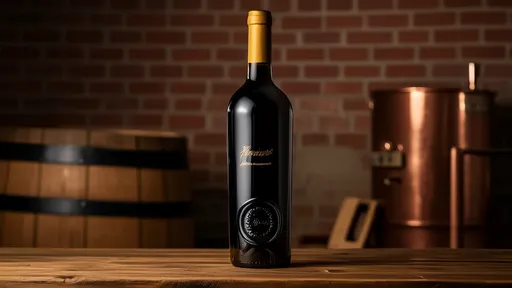
By /Jul 31, 2025

By /Jul 31, 2025
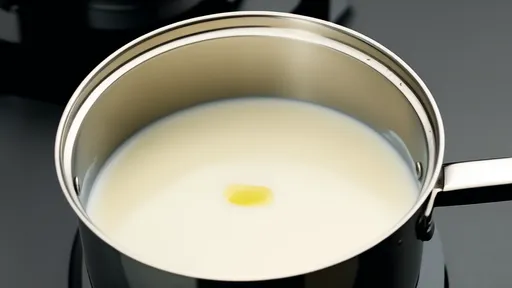
By /Jul 31, 2025
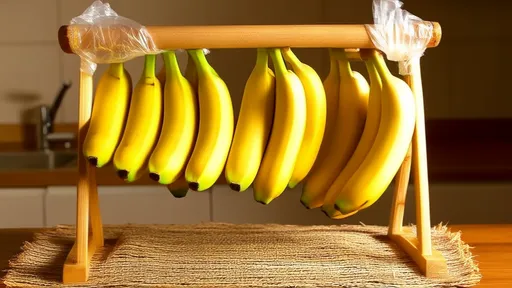
By /Jul 31, 2025

By /Jul 31, 2025

By /Jul 31, 2025

By /Jul 31, 2025

By /Jul 31, 2025

By /Jul 31, 2025

By /Jul 31, 2025

By /Jul 31, 2025

By /Jul 31, 2025
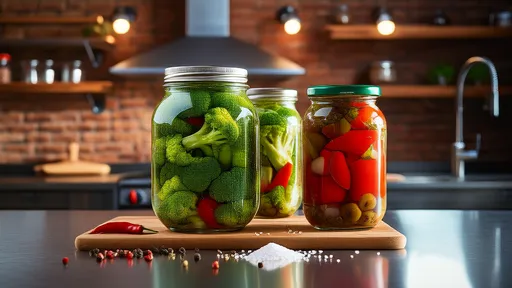
By /Jul 31, 2025

By /Jul 31, 2025
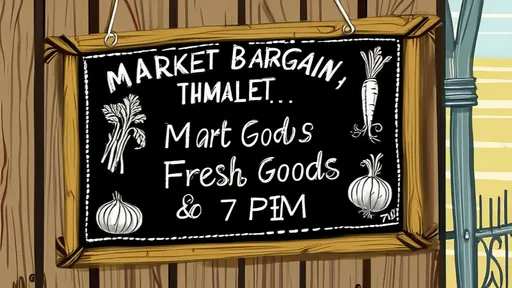
By /Jul 31, 2025